
Do Electric Bikes Have Gears? Complete Guide to E-Bike Gearing
Yes, many electric bikes have gears. Not all of them do though. This simple fact is one of the most important things you'll think about when choosing your first e-bike. The choice between a geared ebike and a single-speed model isn't just about technical details. It changes your whole riding experience. This affects your bike's efficiency and battery range, plus your ability to climb hills and control your ride. Think of this guide as your map to understanding electric bike gears. It will show you not just if electric bikes have gears, but why they matter so much.
Why Gears on an E-Bike?
Many people think: "If I have a motor, why do I need gears?" The truth is different. Gears and the motor work together as partners, not competitors. Using them together correctly unlocks the full potential of your electric bike. Here's why gears are still a game-changer.
Boost Efficiency and Range
Gears help both you and the motor work at their best. For you, this means keeping a comfortable pedaling speed. Most cyclists feel most efficient at an optimal pedaling cadence of around 70-90 revolutions per minute. By shifting gears, you can keep your legs spinning in this sweet spot. This works whether you're climbing a hill or cruising on a flat road. This prevents you from working too hard in a difficult gear or spinning too fast in an easy one. This efficiency means less reliance on the motor. That directly gives you a longer battery range per charge.
Conquer Hills Easily
This is where gears truly shine. When you approach a steep hill, shifting to a lower gear is like giving yourself and the motor superpowers. It multiplies your leg power and makes pedaling feel much easier. This reduces the strain on the motor and prevents it from overheating and drawing too much power. An e-bike with the right low gear can make a tough hill feel like a gentle slope.
Gain Superior Control
Gears give you precise control over your speed. On a flat road or a slight downhill, shifting into a higher gear lets you pedal effectively at higher speeds. This means you can keep up with traffic and power through straightaways. You'll feel more connected to the bike. The ability to shift allows you to actively manage your speed and momentum, making you a more confident rider.
Reduce Wear and Tear
Using the correct gear is good for you and your bike. Pushing a very hard gear from a stop puts huge stress on your knees, the chain, the gear parts, and the motor itself. By starting in an easier gear and shifting up as you gain speed, you reduce this strain a lot. This leads to a longer lifespan for your bike's parts and can save you money on repairs later.
The E-Bike Power Trio
To truly master an e-bike, think about how three forces work together. These are your leg power, the electric motor, and the gears. The gears are like the conductor of an orchestra, making sure all parts work in perfect harmony.
A Car Transmission Analogy
The easiest way to understand e-bike gears is to think about a car's transmission.
- Low Gears (like 1st and 2nd in a car): These give high power but low speed. You use them to start from a stop or climb a steep hill. They make it easy to get moving without stalling.
- High Gears (like 4th and 5th in a car): These give high speed but low power. You use them when you're already moving fast on a flat or downhill road to cruise efficiently.
On an e-bike, you use your shifter to put the bike in the right gear for the situation. This works just like you would in a car.
Helping the Motor Breathe
An electric motor has an optimal efficiency range, just like a gas engine or your own legs. It works best at a certain speed. If you are in the wrong gear, you force the motor to work outside of this efficient range. For example, trying to climb a steep hill in a high gear forces the motor to run very slowly and inefficiently. This causes it to work extremely hard, create excess heat, and drain the battery quickly. By shifting to a lower gear, you allow the motor to spin faster and get back into its happy, efficient zone.
Blending Human and Electric Power
The ultimate e-bike experience is a smooth blend of human and machine power. This is the teamwork that gears make possible. Imagine you're riding on a rolling path where the terrain changes. You use the shifter to keep your pedaling speed comfortable and steady. As you hit a hill, you downshift and maybe increase the pedal-assist level on your display. The gear change makes pedaling easier for you, and the assist gives an extra push. You are not just a passenger-you are an active pilot. You use the gears to manage your effort and the motor's power for a smooth, controlled, and exciting ride.
E-Bike Gear Types
When you see a geared electric bike, it will almost certainly have one of two systems. These are external derailleur gears or an internal gear hub. They reach the same goal but in very different ways.
Derailleur Gears: The Classic
This is the system most people recognize from traditional bicycles. It has a visible set of gears (called a cassette) on the rear wheel and an arm (the derailleur) that physically moves the chain from one gear to another when you shift. Many entry-level and mid-range e-bikes come with a common and reliable Shimano 7-speed derailleur system.
- Pros: Wide range of gears, lighter weight, generally less expensive, easy to find replacement parts.
- Cons: Exposed to dirt and damage, requires regular cleaning and adjustment, you cannot shift gears while at a complete stop.
Internal Gear Hubs: The Fortress
An internal gear hub houses all the complex gear-changing parts sealed inside the hub of the rear wheel. From the outside, it looks like a single-speed bike, with the chain or belt running on a single gear. Shifting happens inside the hub where you can't see it.
- Pros: Very low maintenance (sealed from weather and dirt), you can shift gears while stopped (a huge plus at stoplights), very durable and a clean, simple look.
- Cons: Typically a narrower gear range than derailleurs, heavier, more expensive upfront, and can be more complex to repair if an issue happens.
Derailleur vs. Internal Hub
To make the choice clearer, here's a direct comparison:
| Feature | Derailleur Gears | Internal Gear Hub (IGH) |
|---|---|---|
| Maintenance | High (requires regular cleaning and tuning) | Very Low (sealed system) |
| Gear Range | Wide (better for very steep hills) | Moderate (sufficient for most urban riding) |
| Shifting | Must be pedaling to shift | Can shift at a standstill |
| Durability | Exposed and more susceptible to damage | Protected and very robust |
| Weight | Lighter | Heavier |
| Cost | Less expensive | More expensive |
The Single-Speed Option
So, what about the electric bikes that have no gears at all? A single-speed e-bike has just one gear ratio. You can't shift, and this isn't a flaw - it's a design choice for a specific type of rider and use.
The Beauty of Simplicity
The main appeal of a single-speed e-bike is its complete simplicity. There are no shifters to worry about, no derailleur to adjust, and no gear set to clean. The drivetrain is simple, strong, and needs minimal maintenance. It's the ultimate "get on and go" experience. The motor's help compensates for the lack of gears, making it much easier to get started and tackle small hills than on a non-electric single-speed bike.
Who Should Choose Single-Speed?
A single-speed e-bike is an excellent choice for:
- Urban Riders in Flat Areas: If your city has few to no hills, the need for gears goes down significantly.
- Simplicity Seekers: If you hate maintenance and want the most straightforward riding experience possible.
- Budget-Conscious Buyers: Single-speed e-bikes are often more affordable due to their simpler parts.
- Short-Distance Commuters: For quick trips to the store or a short commute to work, a single-speed is often all you need.
How to Choose Your Gears
Now that you understand the options, how do you pick the right one for you? It comes down to three simple questions about your needs.
Analyze Your Terrain
This is the most important factor.
- Hilly Area: You absolutely want gears. A derailleur system will typically offer the widest range, which is best for very steep or long climbs. An IGH is also a great option for rolling hills.
- Flat Area: You have a choice. A single-speed is a perfectly good and simple option. An IGH is also excellent for its low-maintenance convenience in city riding.
Consider Your Riding Style
How do you plan to use your bike?
- Performance & Long Distance: If you enjoy riding fast, covering long distances, or tackling varied terrain, a derailleur system offers the efficiency and wide gear range you'll appreciate.
- Casual Commuting & Utility: If your bike is a tool for getting around town and you value reliability over top-end performance, an IGH is arguably the best due to its durability and ability to shift while stopped.
- Pure Simplicity: If you want a bike that "just works" for short, simple trips, a single-speed is an uncomplicated and elegant solution.
Maintenance and Budget
Be honest about your budget and how much time you want to spend on maintenance.
- Lower Upfront Cost: Derailleur systems and single-speeds are generally more affordable to purchase.
- Lowest Maintenance: An IGH or a single-speed will require far less attention than a derailleur. The long-term cost of an IGH can be lower when you factor in fewer tune-ups and replacement parts.
A Quick Decision Guide
- Do you live in a very hilly area?
- Yes -> You need gears. For the widest range, choose a Derailleur. For low-maintenance convenience on rolling hills, choose an Internal Gear Hub.
- Do you live in a mostly flat area?
-
Yes -> Do you prioritize simplicity and low cost above all else?
- Yes -> A Single-Speed is your perfect match.
- No -> An Internal Gear Hub is an excellent, hassle-free choice for city riding.

Making Your Final Choice
The question "do electric bikes have gears" opens the door to understanding how you can personalize your ride. Gears are not an outdated feature - they are a powerful tool that works together with the motor to give you more efficiency, control, and climbing power.
Your perfect electric bike is out there. By considering your terrain, your riding style, and your tolerance for maintenance, you can confidently choose between the versatile performance of a derailleur, the set-and-forget convenience of an internal gear hub, or the elegant simplicity of a single-speed. The right choice will make every ride feel like it was made just for you.
Frequently Asked Questions
1. Q: Can I add gears to a single-speed electric bike later?
A: Adding gears to a single-speed e-bike is technically possible but very expensive and complicated. It requires replacing the rear wheel, adding shifters, cables, and a derailleur or internal hub. It's usually more cost-effective to buy a geared e-bike from the start.
2. Q: How many gears do I really need on an electric bike?
A: For most riders, 7-8 gears are plenty for varied terrain. If you live in a very hilly area, 9-11 gears might be better. More gears give you finer control over your pedaling effort, but they also add complexity and cost.
3. Q: Do electric bike gears work the same as regular bike gears?
A: Yes, electric bike gears work exactly the same as regular bike gears. The motor doesn't change how the gearing system functions. You still shift the same way, and the gear ratios work the same to make pedaling easier or harder.
4. Q: Should I shift gears while using the motor assist?
A: Yes, you should definitely shift gears even when using motor assist. The gears help both you and the motor work more efficiently. This gives you better battery life and a more comfortable riding experience.
5. Q: What happens if the gears break on my electric bike?
A: If your gears break, you can still ride the bike using just the motor assist, but you'll be stuck in whatever gear the chain is in. With a derailleur system, you might be able to manually position the chain. With an internal hub, you'll need professional repair. This is why many commuters prefer the reliability of internal gear hubs.
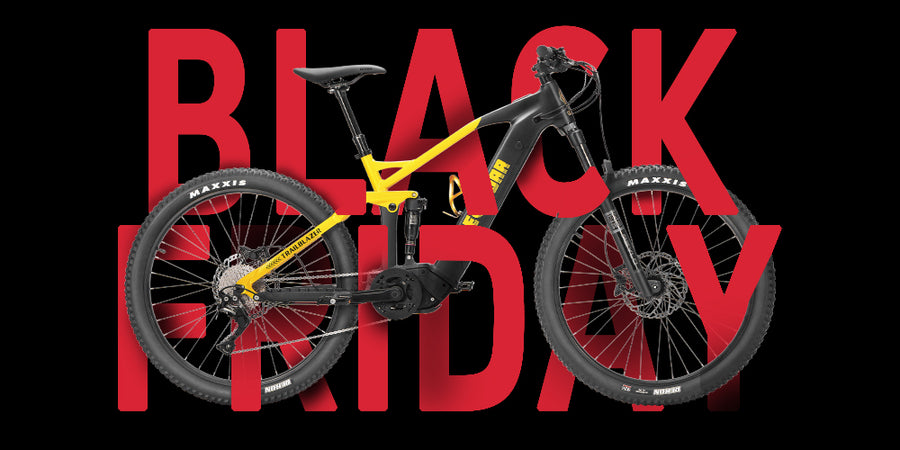































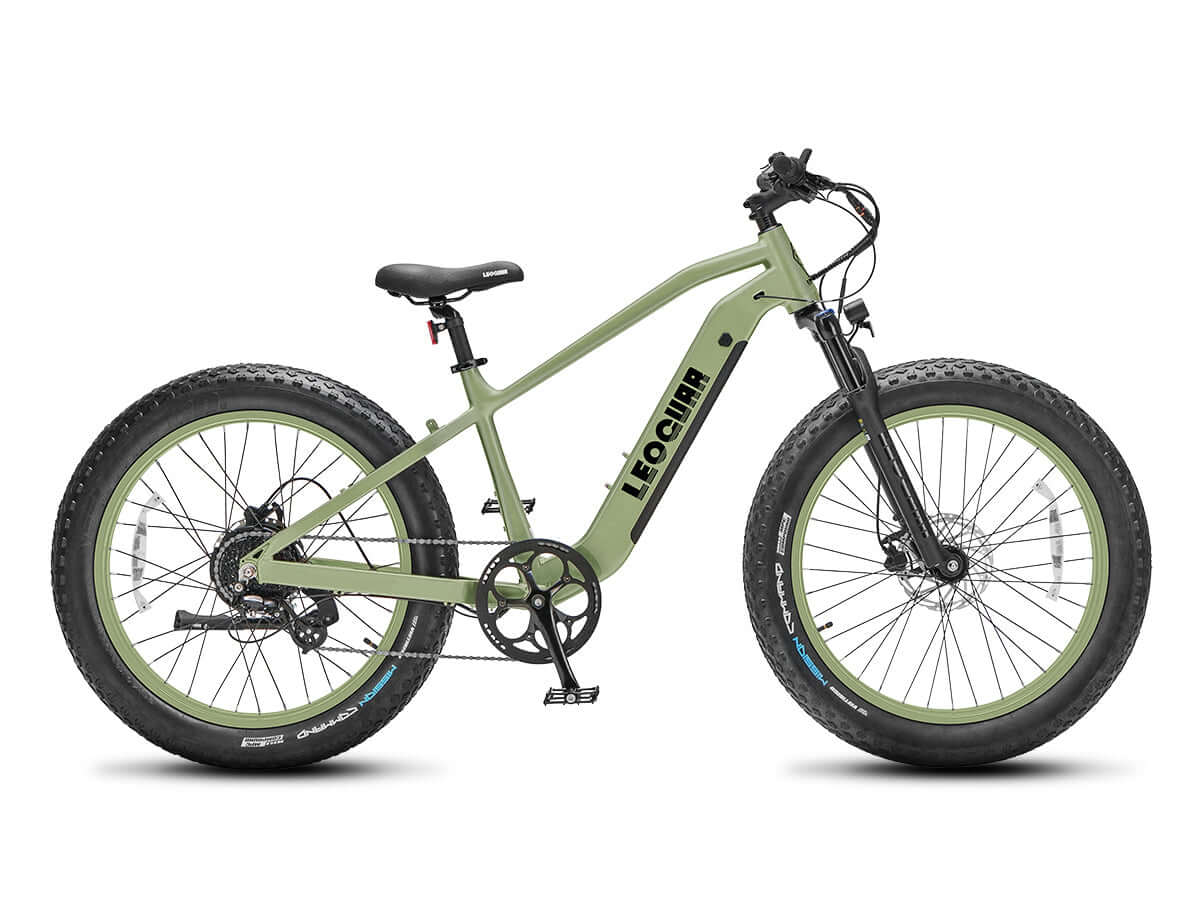
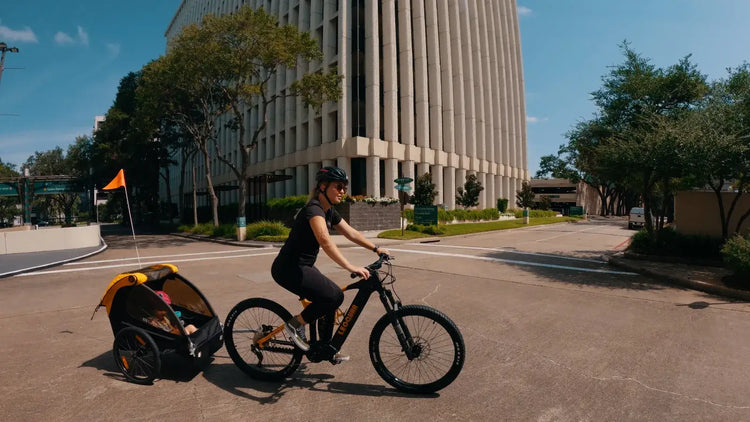
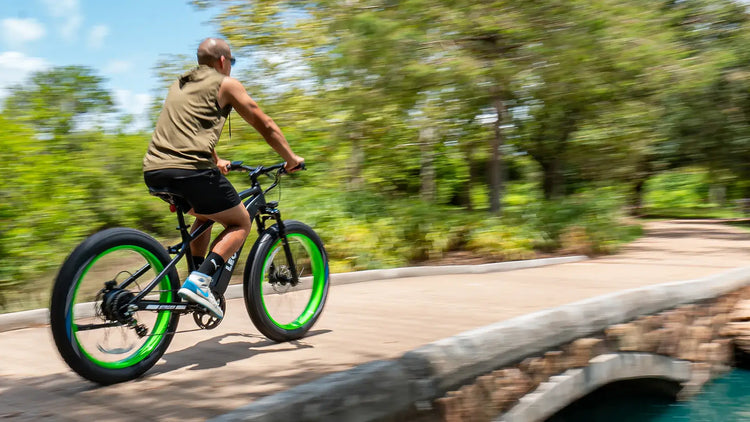
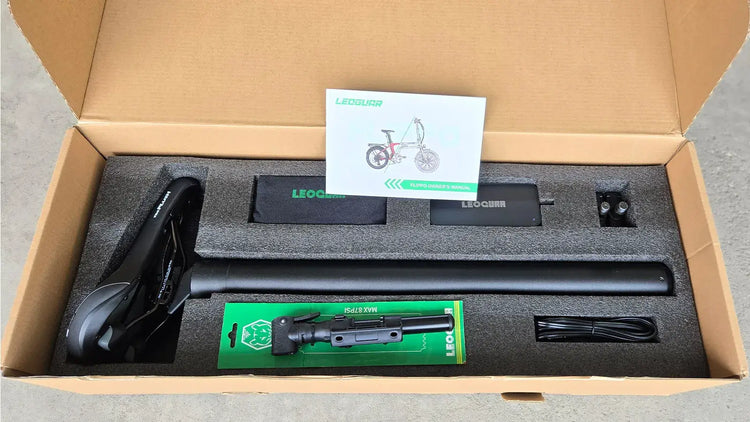
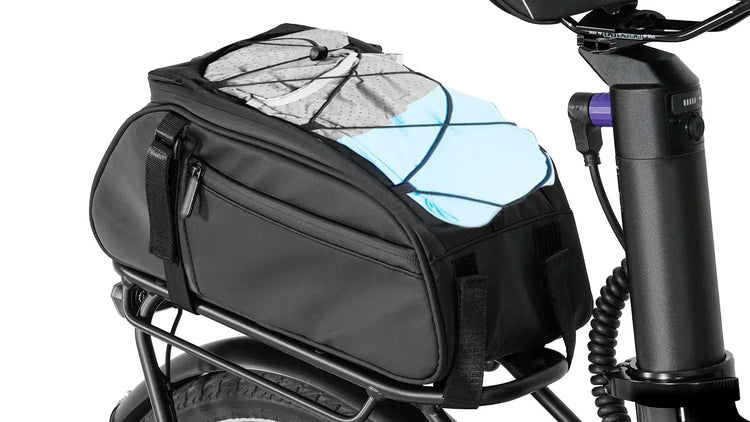
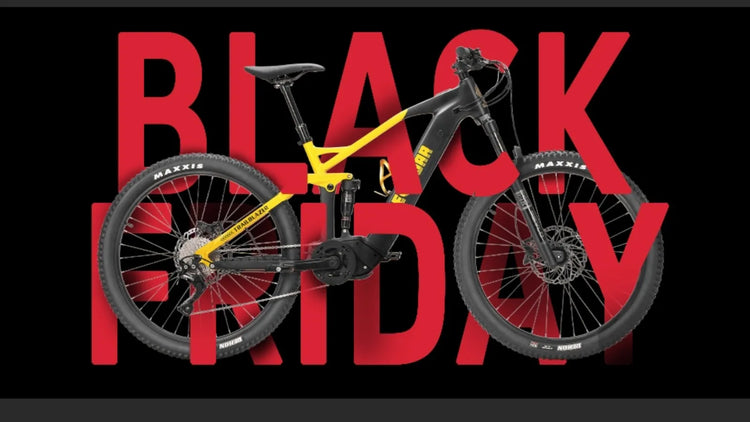
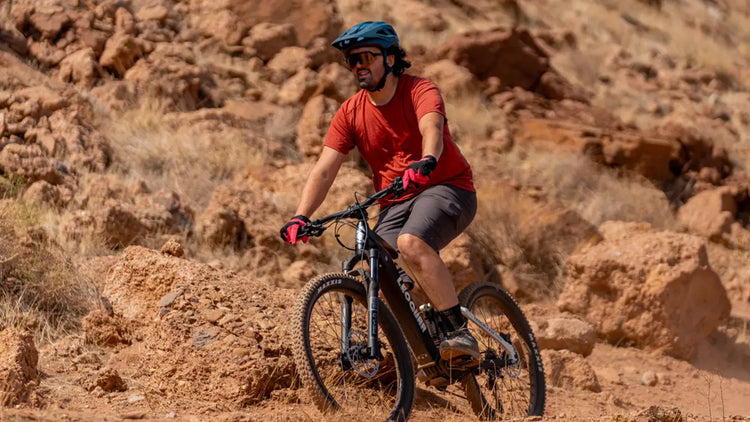


Leave a comment